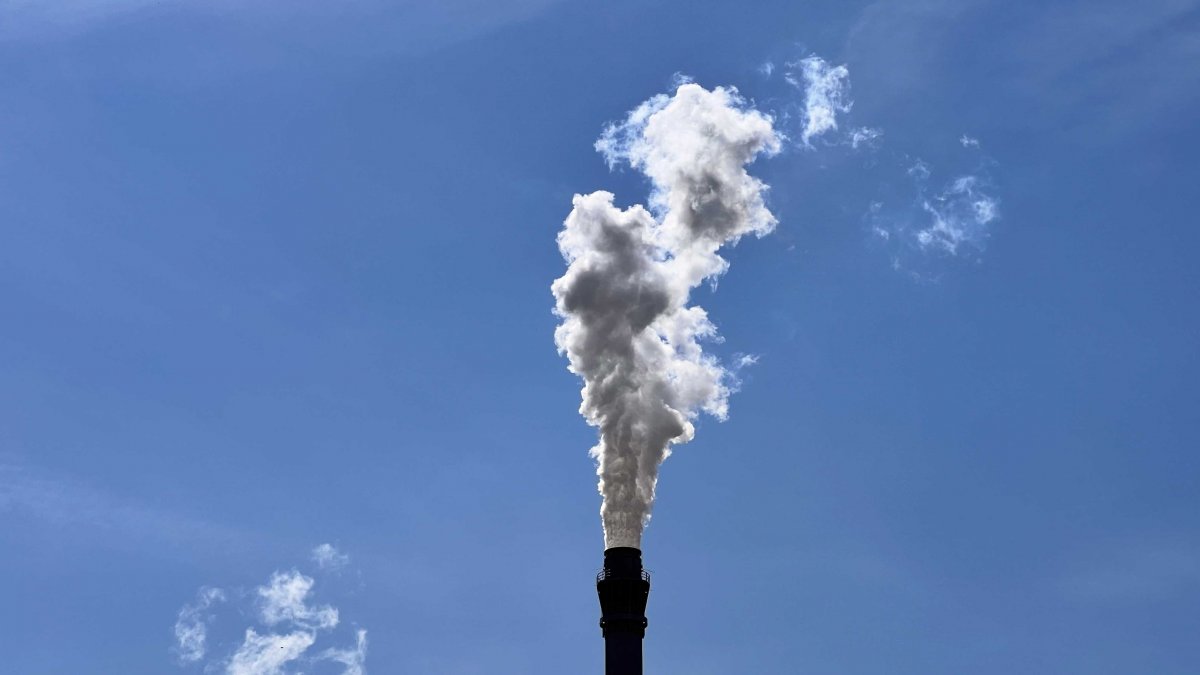Ammonia, a flammable hydrogen carrier, is becoming increasingly fashionable worldwide as a possible climate-neutral fuel. Because it burns without carbon dioxide. The Japanese heavy industry group Mitsubishi Heavy Industries (MHI) has even developed large gas turbines that can run on the toxic substance.
Advertisement
However, the Japanese are faced with a problem when it comes to marketing ammonia power plants. In Europe, ammonia is primarily used as a replacement for ship diesel, but Japan also wants to use it to generate electricity. MHI therefore invests a lot of time in persuading people. An MHI manager reveals that he spent a third of his time in Europe this year.
MHI is not the only Japanese major that promotes its ammonia products worldwide. MHI’s rival IHI has developed a small ammonia turbine, but unlike MHI, relies more on ammonia co-firing in coal-fired power plants. However, the thrust of both companies is the same: by burning ammonia, the emissions from thermal power plants that are currently powered by gas and coal are to be reduced. Japan sees this as a bridge solution on the way to a decarbonized society, especially for developing countries that are currently still expanding their coal-fired power plants. And Japan wants to make these bridging technologies available to the global market.
CCUS instead of green electricity
Which of these bridging technologies the government and corporations are relying on is currently becoming clear at the Tokyo GX Week, a high-profile series of events organized by the Ministry of Economy, Trade and Industry on green transformation (GX for short). The focus is on hydrogen, ammonia and technologies for the capture, use and storage of carbon dioxide (CCUS, Carbon Capture, Utilization, Storage) and for the recycling of carbon dioxide.
On the one hand, the Japanese government is promoting a hydrogen economy, i.e. the use of hydrogen and ammonia as energy storage. The country, which is poor in raw materials, wants to set up supply chains in which the two materials are ultimately produced in other sun- and/or wind-rich regions using renewable energies without emissions and then shipped to Japan. On the other hand, the government is relying on hydrogen and ammonia to initially be produced from fossil fuels in order to quickly develop a mass market. In order for this to make ecological sense, CCUS technologies should capture the resulting greenhouse gases.
Japan has always tried everything possible with electronics – and often the impossible. Every Thursday our author Martin Kölling reports here on the latest trends from Japan and neighboring countries.
This is also reflected in MHI’s climate strategy. In May 2023, the group management explained in a briefing how it wants to achieve its goal of becoming climate-neutral by 2040. The focus is on decarbonizing the existing infrastructure. The premise: “Reducing, capturing and disposing of carbon dioxide is a path to decarbonizing thermal energy,” says the briefing. “Another way is to reduce CO2 emissions by making maximum use of the carbon-free energy source nuclear energy.”
Capturing gigatons
The Japanese want to be able to convert gas power plants with new turbines to carbon-neutral electricity generation by 2030. Coal-fired power plants could be converted into gas-fired power plants. CCUS technologies could also capture 90 percent of the resulting carbon dioxide emissions. MHI wants to help develop a CCUS value chain from capture through reuse and transport to storage.
Other companies are also trying to benefit from this trend. The ceramics company NKG Insulators wants to use the technology of its car catalytic converters to purify exhaust gases in order to extract carbon dioxide from the air on a large scale. The concept is called Direct Air Capture. This method plays an important role in Japan’s plans to move towards a carbon-free economy. In the MHI model calculation, carbon dioxide emissions can only be reduced to a fifth or 7.6 gigatons per year despite the global energy transition. These would then have to be separated using various methods either directly from the exhaust gases or via direct separation from the air.
(bsc)
To home page
